Your cart is currently empty!

ALP QY2.0 Pro 4U 85g 100% Carbon Fiber + Titanium Alloy Badminton Racket Ultra-light Sports Equipment Racket Badminton Training
Model Number: QY2.0 Grip Material: PU Length (cm): 67.8mm Weight (g): W4(≥90g) Play Classificaiton: Offensive Type (Heavy Tip & Hard Rod) Racket Hardness: Slightly Hard Racket Handle Thickness: G5 (Thinest) Suitable Player: Amateur Intermediate & Senior Recommended Pull Pounds: 28 lbs (High Pound Professional) Strings Diameter: 0.68mm Strings Feature: Playing Sound Shaft Material: Carbon Brand Name: ALPSPORT Origin: Mainland China Raket Weight:: 4U, 82±2g ( N.W without the string &…
Description
- Model Number: QY2.0
- Grip Material: PU
- Length (cm): 67.8mm
- Weight (g): W4(≥90g)
- Play Classificaiton: Offensive Type (Heavy Tip & Hard Rod)
- Racket Hardness: Slightly Hard
- Racket Handle Thickness: G5 (Thinest)
- Suitable Player: Amateur Intermediate & Senior
- Recommended Pull Pounds: 28 lbs (High Pound Professional)
- Strings Diameter: 0.68mm
- Strings Feature: Playing Sound
- Shaft Material: Carbon
- Brand Name: ALPSPORT
- Origin: Mainland China
- Raket Weight:: 4U, 82±2g ( N.W without the string & overgrip & plastic film )
- Material:: T1100 100% Full carbon carbon fiber
- Number of pounds LBS:: 22-38 pounds ( Original is 28Lbs , 24-32LBS is recommended )
- Middle shot frame:: secondary reinforcement
- Racket hardness:: hard (secondary molding of the middle rod)
- Advantage:: The heavy head and hard rod enhance the continuous offensive ability of the frontcourt and the finishing ability of the backcourt
⚽️ ALP-SPORTS 🏀 : Official High-Tech Sports Shop ⚾️🎾
🔥Power Frame System + High Modulus Graphite Technology🔥
🧡Introducing the QY badminton racket, specifically designed for aggressive players who demand precision and stability in their shots.
🧡The racket is made from premium T1100 carbon fiber, making it both durable and lightweight, weighing just 84g. Its balanced design places the center of gravity at 305mm, providing excellent stability and control during play.
🧡Newly upgraded high-feedback carbon fiber elastic mid-bar, greatly enhanced hitting feedback
👀Detail:
📌Brand: ALP-SPORT
📌Model: ALP QY2.0
📌Raket Weight: 4U, 82±2g ( N.W without the string & overgrip & plastic film )
📌Material: T1100 100% Full carbon carbon fiber
📌Handle: G5
📌Thickness: 7.0mm
📌Number of pounds LBS: 22-38 pounds ( Original is 28Lbs , 24-32LBS is recommended )
📌Line hole: 76 line hole
📌Handle material: Aspen
📌Middle shot frame: secondary reinforcement
📌Offensive balance point: 300 ± 5MM
📌Origin: China
📌Racket length: 675 ± 2mm
📌Racket hardness: hard (secondary molding of the middle rod)
📌Suitble for:aggressive players who demand precision and stability in their shots
📌Advantage:The heavy head and hard rod enhance the continuous offensive ability of the frontcourt and the finishing ability of the backcourt
💖Features:
★Power Frame System (DYNAMIC-SWORD) is based on the principle of aerodynamics, the diamond-shaped windbreak structure evolves again, according to the different positions of the racket frame to make various changes, at 12 and 6 o'clock inward, 3 and 9 o'clock outward, such as the racket frame structure resembles a blade, increasing the cross-sectional area of the rapid air guide, the return stroke speed faster and smoother.
★High Modulus Graphite Technology(HIGH MODULUS GRAPHITE)is an extremely hard carbon fibre material, also known as super hard graphite. This material is generally composed in the 6K-12K density range and does not have the elasticity of 1K and 3K carbon fibre. It is very stiff so it is commonly used for racquets that have aggressive edges.
★It is made of high-modulus graphite and an ultra-thin shaft with a diameter of 7mm, which is thinner than the traditional 8mm shaft, which helps reduce wind resistance, increase attack power, and improve handling. It can be considered a high-end material in badminton rackets.
★100% Original Design, Tournament Grade Professional Racket


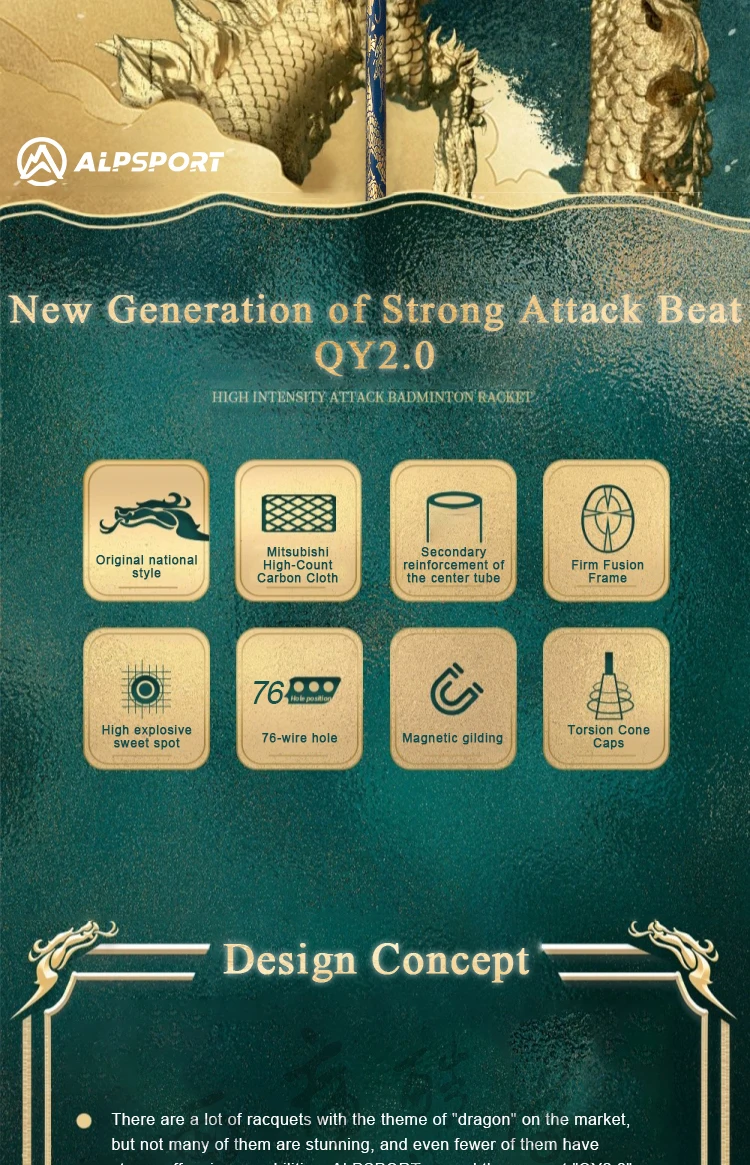

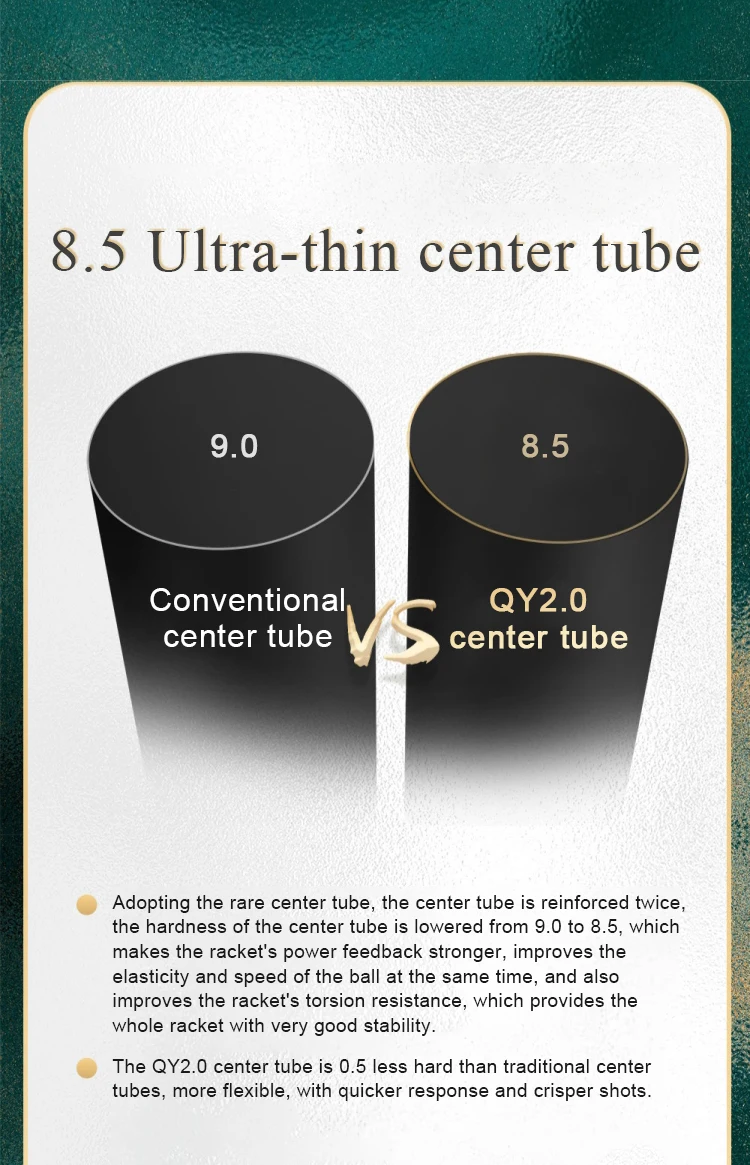

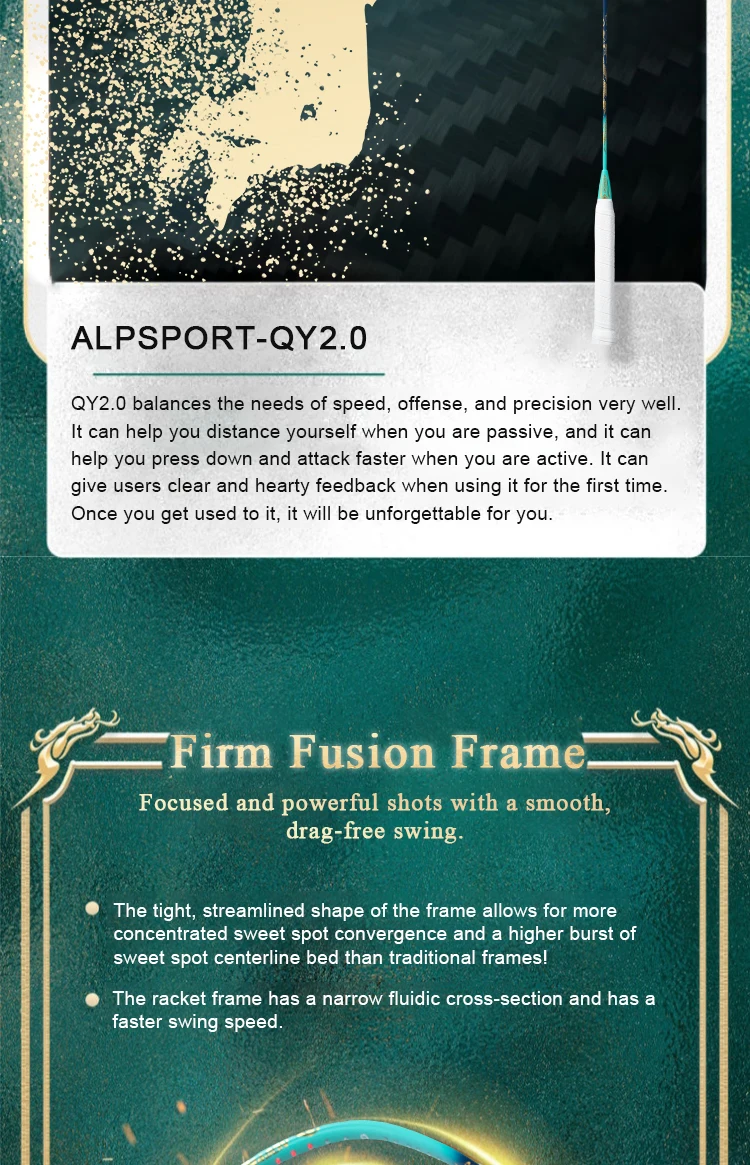

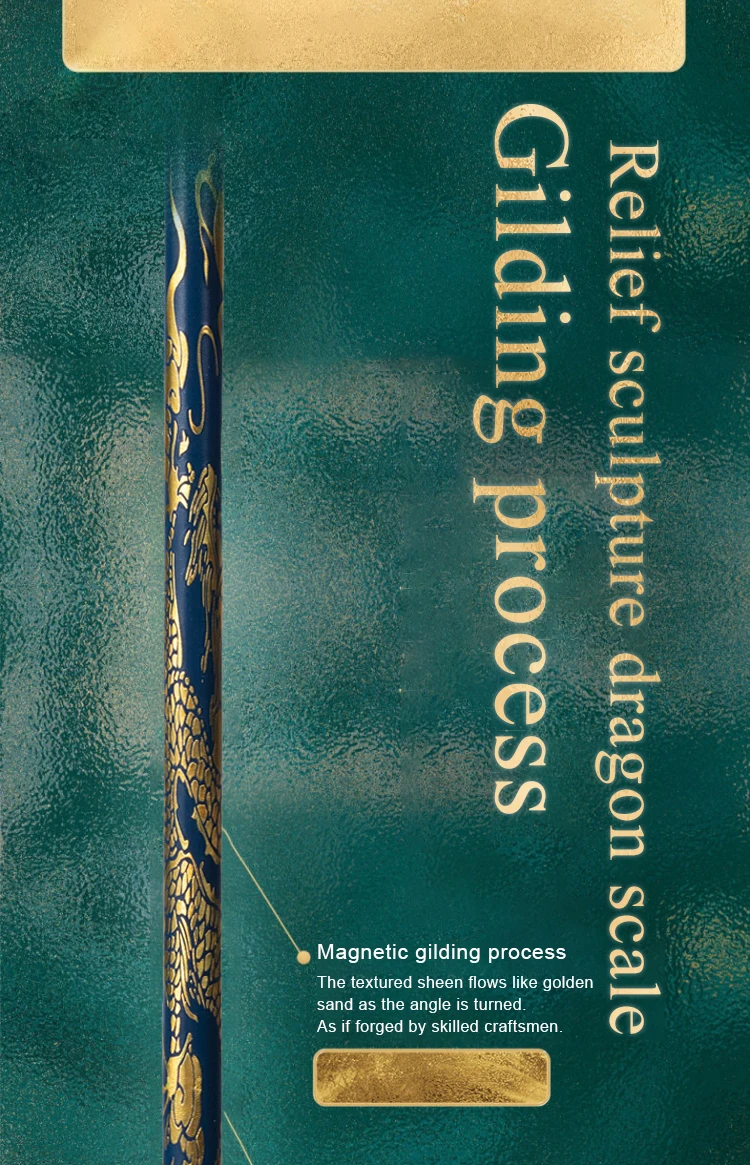
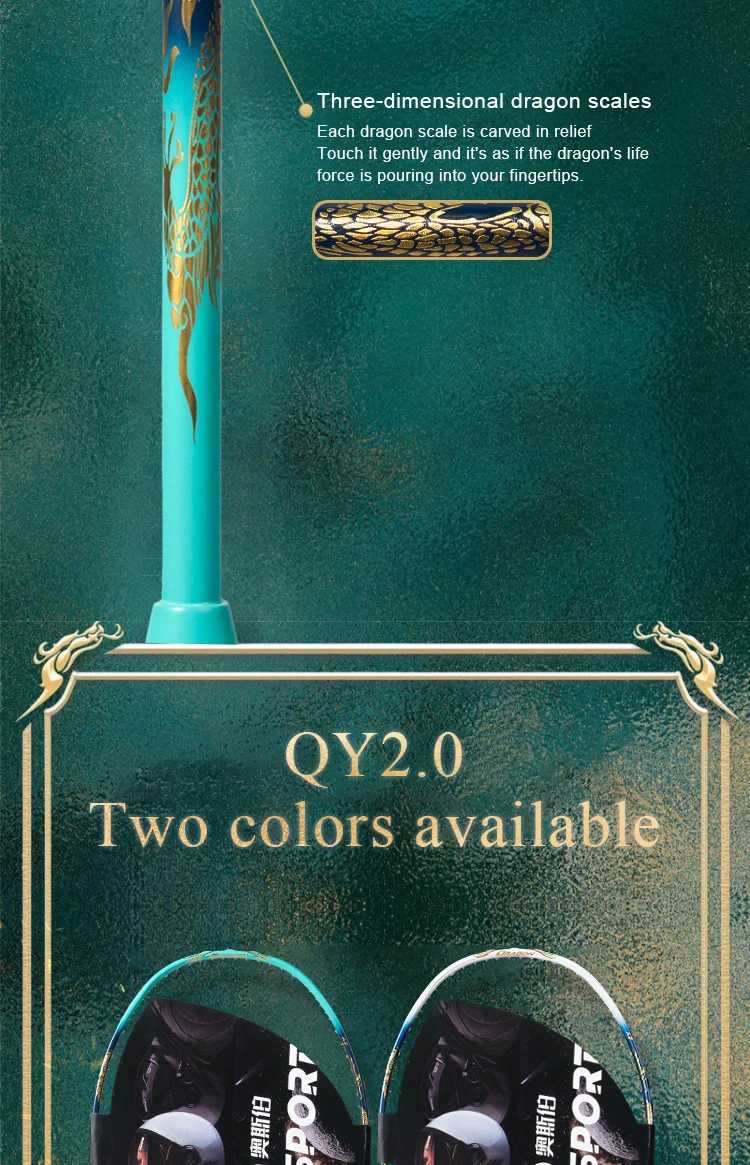
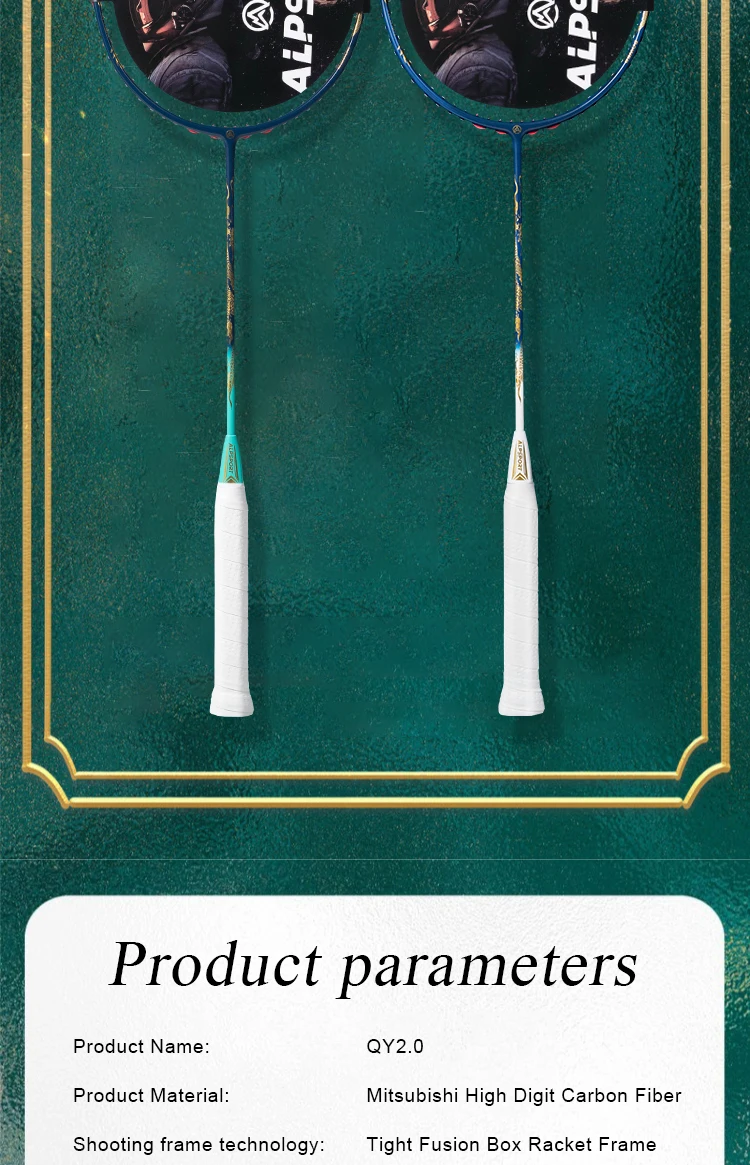



#100% #Full #Carbon #30LBS #Strung #Badminton #Racket #Professional #Ultralight #Badminton #Racquet #Free #String #High #Tech #G5 #T700 #Elastic #Fiber #Sports #Equipment #Men #Women #Battledore #Offensive #Training #Raket
ALP ZJ2.0 PRO 4U 82g G5 Super Light Reket Hollow Netting 100% Full Carbon Fiber Badminton Racket With Bamboo Shape Professional Racquet Sports Equipment Battledore Raket Badminton For Training
I. Racket Weight
The weight of a racket is usually expressed as "U"; the smaller the number, the heavier the racket. A good badminton racket usually weighs about 80g to 100g.
4U: 80-84g
3U: 85-89g
2U: 90-94g
1U: 95-100g
Choose the right weight according to your level
Lightweight badminton rackets are highly recommended for beginners. They should weigh between 85g and 89g (3U), as these rackets are usually easier to control.
With a fast swing speed and recovery, lightweight rackets will be able to get fast serves and switch to different strokes easily. Lighter weight racquets are also easier to put on the wrist and shoulder, reducing the chance of injury.
Singles players usually use a slightly heavier racquet, such as a 3U racquet, for stability, while doubles players use a 4U racquet for more speed, allowing them to react faster to their opponents.
II. Balance Point
In addition to weight, racquets can be categorized by balance point or where the weight of the racquet is located. To determine the type of balance of a racquet, place your finger under the racquet's mid-swing position to see the direction of racquet tilt.
Balance points are divided into three categories.
a. Head Heavy (Attacking)
Head Heavy / Attacking
Head-heavy racquets tilt toward the head of the racquet. These racquets add power to the stroke and are suitable for players who like to play a powerful game at the back of the court. This type of racquet is especially useful in sparring the middle and back of the court, and it is definitely a boon for those players who have to play for a long time in their game.
b. Head Light (Defensive)
Head Light / Defensive
A head light racket will tilt toward the handle. As a result, it is much easier to control and swing the racquet and is popular among doubles players who need to react quickly to their opponents' slams. This racquet is easier to maneuver and swing, thus reducing reaction time. It also provides more net speed and allows you to end a match quickly on the forecourt.
c. Balanced (both offensive and defensive)
Balanced / Offensive and Defensive
As the name suggests, a balanced racquet is one where the headstock is equally heavy. If you are not sure which style of play you are, the balanced racket is the best in this case. If you are just starting out in badminton, then this racket would be a perfect place to start. Once you have established your playing style, you can move to a head heavy or head light racquet to improve your overall experience.
III. Grip thickness (Grip)
It is also important to choose the right grip for your racket, otherwise it is often either too thin to grip tightly when firing, or too big to grip steadily, or requires a tight hand grip that cannot be relaxed, affecting the practice of flexing your fingers to fire.
Generally speaking, when holding a racket in the forehand, the index finger and thumb can hold the racket firmly, and the back three fingers can easily snap on the handle and leave a certain gap in the palm of the hand as the most suitable.
The thickness of the racket handle is generally expressed by G, divided into G0 to G5, the larger the number, the thinner the handle. Generally, the racket sold in Asian countries G4, G5 more, Europe and the United States are G3 for more, which are and different physiological characteristics of the decision. In addition, the domestic Li Ning badminton racket has been using S to mark the handle size, the smaller the value, the thinner the handle. s2 is similar to the mainstream G5.
You can also wrap other grips on top of the original grip to achieve the most suitable thickness for you. Reminder: the thicker the rubber, the better the shock absorption, but the worse the power transmission.
4,Racket hardness
(I) Stiffness of the middle shaft (Stiffness)
This also has two important parameters, one is S (Stiff/hard) and the other is F (Flexible/soft, flexible). These two letters are usually marked on the club with a progress bar, and when it is close to S, it means that the mid-swing is soft and vice versa.
This is an important parameter that affects the accuracy of the ball's launch. The softer the middle bar is, the more you can use the "bend-recovery" motion of the bar in the swing to increase the rebound force. This is the reason why many players who like to kill vigorously with a soft racket feel that they can't use their power, which leads to poor or inaccurate killing of the ball.
Of course, the harder the middle bar is, the better, because a stiff bar will affect the overall flexibility and cause the swing to feel "rigid". The middle bar is relatively soft, suitable for beginners; the middle bar is hard, suitable for amateur players who have a certain level (know how to use wrist force to hit the ball, and can master the 8 basic hitting movements of pull, kill, split, draw, push, release, rub and hook).
(B) Frame hardness
The ball stays on the racket surface for only four to six thousandths of a second when hitting the ball.
In the process of swinging the racket before hitting the ball and when the racket face hits the ball, the racket shaft has a bending and recovery process, and the ball has already flown away from the racket face before the racket returns to its original position.
The softer the shaft, the easier it is to bend during the swing before hitting the ball, and the greater the bend, which drives the racket head to move at a greater angular velocity, generating more power on the ball.
The stiffer the shaft, the less force can be transferred to the ball at impact, but the more it reduces the transmission of vibration to the ball. For the frame, the harder the frame is, the less likely it is to deform and twist when in contact with the ball, the more power can be transmitted to the ball, and the less vibration is transmitted.
Five, pull line feather line, poundage
(A) feather line
The feather line is roughly divided into four types: sheep intestine line, nylon line, cowstring line and chemical fiber sheep intestine synthetic line.
Sheep intestine thread and beef tendon thread have first-class hand feeling and good elasticity, but they are easy to break due to the characteristics of the material itself. They can give the racket more feel, control and power. They also absorb vibrations and reduce the vibration of the user's arm. However, they are expensive and do not last as long as other synthetic strings.
Nylon strings are characterized by good appearance, good ductility, cheap production of synthetic materials, and durability. The size of nylon thread is specified by gauge number. Thicker nylon lines offer control and durability at the expense of power. Thinner synthetic threads provide power to the player's stroke, but are also prone to fraying, tearing and breaking.
Chemical fiber sheep gut synthetic thread is the racket string of choice for most badminton professionals today. It compensates for the limitations of natural materials, is strong and reliable, and is quite flexible.
The following are a few of the characteristics and performance of the finished Unix badminton line.
BG65: BG-65 is the first thing that comes to mind when talking about badminton line. It offers excellent performance for professionals and amateurs alike. Its special braided fibers ensure a long-lasting soft feel, thus reducing stress on the wrist when making powerful shots. As the first choice of many players, it's hard to go wrong with this line.
Nanogy: Nanogy is one of Yonex's best-selling badminton lines, and Nanogy is the ideal choice for power hitters. The offensive game requires more effort, so powering up is not the easiest thing to do unless someone hits the best hitting spot, but Nanogy can help and provide good power.
BG66 Ultimax: Has lower durability but excellent power delivery. The BG66 Ultimax gives a medium feel to the hobbyist golfer, but is popular with many beginners or those with little power.
Aerosonic/ BG85: Some people like the thumping sound of the strike, and this string is perfect for that, with a nice hitting sound. It has some stiffness, high elasticity, and a good hitting feel.
Zymax 67: ZyMax offers easy hitting and maintains good tension, so it ranks among the favorites of the badminton players' league. It is a good choice for those who want tension that lasts.
BG70 Pro: As you move towards professional badminton, you may be inclined to use the BG70 Pro. This string is designed for professional and advanced players who play at high intensity and it is designed for the best control.
BG80: The line that most golfers love to wear. Provides golfers with a sturdy line with excellent tension retention. High elasticity and a stiffer feel for players who love to snap hard.
NBG95: It is designed for golfers with fast feet. Has exceptional speed and durability. In addition to its sturdy durability, this string has a strong repulsion for certain professional golfers.
Aerobite: This line has a very rough surface and has good control of the ball path.
As for Victory's line, it's good to benchmark Unix's line with the line diameter.
Li Ning has also launched several lines, namely Line 1, Line 5, and Line 7. Line 1 has the advantage of rebound and hitting sound, but relatively poor control and just passing durability; Line 5 is balanced in all indices, taking into account rebound and durability; Line 7 is the main winner in terms of durability, with a certain amount of rebound only in high poundage situations.
(B) Poundage (Tension)
Low poundage (below 20 pounds): When the poundage of badminton racket is below 20 pounds, the racket is very loose, and it is obvious that the ball stays on the racket surface for a long time when hitting the ball, and the direction of the ball is not well controlled.
It is easier to pull and hang the ball at low pounds, but it is impossible to control the ball's landing point precisely. If the pull line is below 20 lbs, then even a good racket will not perform well.
Low to medium poundage (20-23 pounds): A badminton racket with a 20-23 pound draw weight is called a low to medium poundage. Amateurs are usually pulling low pounds or medium pounds, low pounds of the racket feel very good elasticity, ball control can also be, pulling the back court is no big problem, but there is still a sense of lag, when hitting the ball this sense of lag on the transmission of power is very influential, low pounds to reduce the power of the attack.
Medium poundage (23-25 pounds): Amateur badminton racket string poundage in the range of 23-25 pounds the most people, in this poundage, regardless of the racket string and the racket itself, can play its unique performance.
Medium-high poundage (25-27 pounds): Badminton racket string pulling poundage in 25-27 pounds is medium-high poundage, at this poundage, the racket surface is harder and the elasticity of the string drops sharply.
It may be hard to pull the back court and hit the ball weakly. But usually, the power to adapt to this poundage, can feel very comfortable control of the ball, with how much force will have how much speed, a variety of small ball is also very good control, because this poundage can still maintain the elasticity of the racket line should be, so in the power of the incoming ball and racket elasticity back to the ball will feel very accurate, at least the reflection of the power is very accurate.
High poundage (28 pounds or more): A badminton racket is called high poundage when the string is drawn at 28 pounds or more. High poundage makes the racket string less flexible, but this ensures that the player can use as much force as he wants, especially in handling small balls. However, it is not easy to play high poundage, first of all, you need power, explosive power and wrist control, and high poundage requires strong control and obvious change of force and direction.
The wrist needs subtle changes, if you can not adapt, the ball path can not be controlled, but also easy to hurt the wrist. Amateur players should consider the safety of the racket and the ability of their wrists to withstand it, so it is best not to pull high pounds!
The poundage of the racket varies from person to person and from racket to racket. Beginners are advised to choose a low to medium poundage, while advanced players can choose a medium to high poundage or a medium to high poundage, or choose according to the properties of the racket.
In general, badminton racket stringing pounds is not just a number, you can't blindly pursue high pounds, you can refer to the advice of stringers and try to find the right pounds of badminton racket stringing for you.
Six, racket shape and sweet spot
The racket shape is the shape of the racket head; the sweet spot is the most effective part of the racket to hit the ball. Different racket shapes and the size of the sweet spot have a great influence on the performance of badminton rackets.
Frame cross section
Frame Section
The advanced frame construction and technology provides a smooth swing and a deft, instantaneous power, making it easy to gain the best advantage in fast, back-and-forth matches and enjoy the fast pace of the game.
Racquet Shape
The shape of the racket head is mainly oval and ISO square, which are commonly known as round and square heads. ISO square is the head of the oval racket head stretched from a pointed shape to a flat head shape to increase the area of the racket shape.
Sweet spot
This is the best hitting zone of the racket face. When the hitting point is in the sweet spot it gives you enough power, control, and little vibration to feel comfortable. The size of the sweet spot is important to the player, as it makes it easier for the player to hit quality shots. The most critical factor in determining sweet spot size is the shape of the frame.
A round head shape has a small surface area and low air resistance when swinging, which helps to accelerate the swing rate and frequency; however, the sweet spot area is also smaller, and the chance of hitting in the inefficient surface area is higher. The square-headed racket has a large area and relatively greater air resistance, but the sweet spot area is also about 30% larger, making the efficiency of the shot much higher.
Round-headed and square-headed racket sweet spot
Obviously the benefit of the increased effective hitting area is much greater than the rate sacrificed due to the slightly greater air resistance, so the square-headed racket shape is gradually taking over the mainstream.
Additional information
| Color | 1PCS Green Boxed, 1PCS White Boxed |
|---|
Reviews
There are no reviews yet.